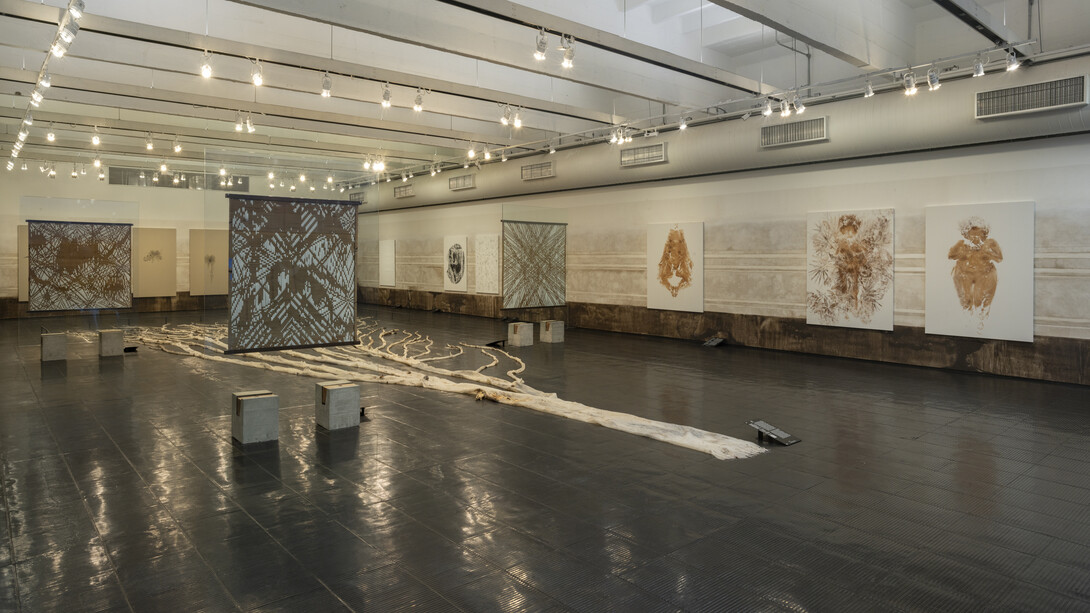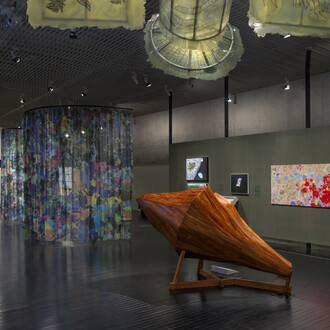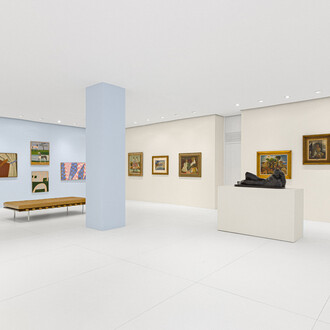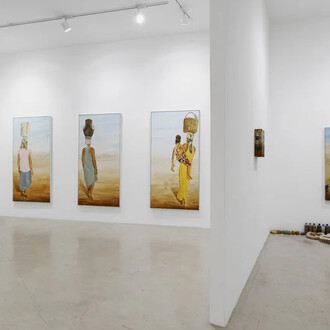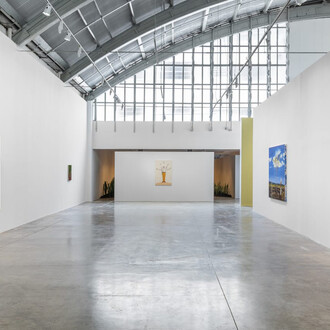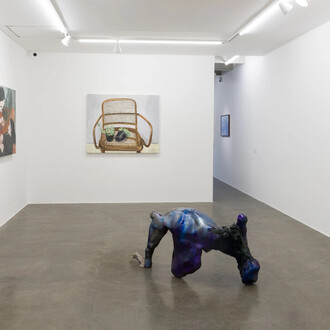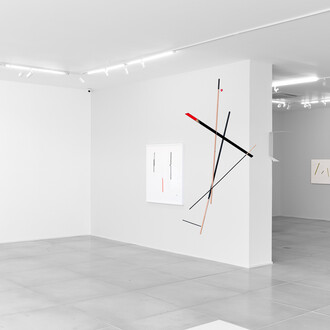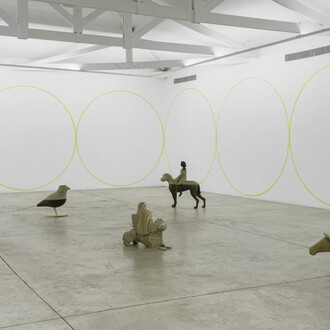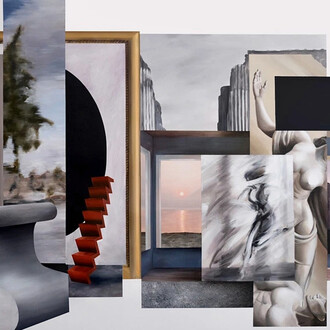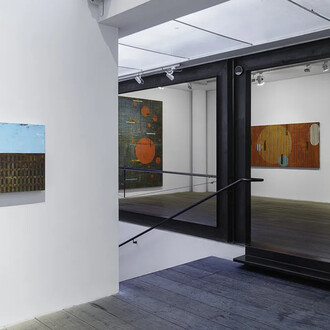Museu de Arte de São Paulo Assis Chateaubriand presents Clarissa Tossin: Point of no return, an exhibition that brings together more than 40 works from the last two decades of the Brazilian artist’s production. More than just portraying the climate crisis, Clarissa Tossin (Porto Alegre, 1973) incorporates waste, objects, and materials into her work that bear witness to environmental collapse. On view from October 10 to February 1, 2026, this is the artist’s first solo exhibition in a Brazilian museum.
Curated by Adriano Pedrosa, artistic director at MASP, and Guilherme Giufrida, assistant curator at MASP, the exhibition was conceived as a large immersive installation. “The feeling is that the museum has flooded and we have put together the exhibition with what was left to display. It is as if the public were visiting a post-apocalyptic museum. Clarissa is a contemporary, conceptual artist. She has many works on a real scale, one to one, resulting in an exhibition with a very immersive dimension,” says Guilherme Giufrida.
The exhibition brings together reflections on environmental disasters that struck Porto Alegre, the artist’s birthplace, and Los Angeles, in the United States, where she currently lives. Commissioned by MASP, the work Dead pool (2025) was made with paint produced from soil from three locations that suffered from flooding in Rio Grande do Sul: Cidade Baixa, Sarandi, and Eldorado do Sul. The intervention, designed for the walls of the exhibition gallery, recreates the horizontal marks of mud that were left on the buildings after the floods. In addition to recalling the massive flooding that took over the state of Rio Grande do Sul in May 2024 — the same period when research for this exhibition began — the installation also refers to the traces left in Mariana in 2015 and Brumadinho in 2019.
Clarissa Tossin’s work titled You gotta make your own worlds (2019) was destroyed by the fires that devastated California in January this year. The work belonged to a couple who had lived in the same residence for 33 years and ended up losing all their possessions in the flames. The name of Tossin’s work is taken from an excerpt from Octavia E. Butler’s book Parable of the Sower, published in 1993. In the dystopian plot set in 2024, the United States is ruled by an authoritarian president, and fires ravage California, causing climate refugees to migrate. In place of the work, the exhibition features a mark on the wall the size of the original piece and an explanatory caption, like an obituary for that object.
Tossin also discusses the causes and effects of global warming, drawing connections between signs of suffering in human and non-human bodies. This concern is seen in the monumental work Death by heat wave (Acer pseudoplatanus, Mulhouse forest) (2021), in which branches and trunks from a tree that died due to a heat wave in the Mulhouse Forest in France are scattered on the floor of the exhibition among other works of art.
“They are ghostly works, undead, remnants of post-human landscapes. The works on display create maps, prototypes, traces of a momentary and ephemeral human appearance and what was possible to retain from that existence. The artist is producing from this world in which materiality, waste, and human remnants will leave some traces of what happened to the world. It is almost as if she were looking at what archaeologists will observe in the future: fossils of the future,” says Giufrida.
Another aspect of Tossin’s research reflects on how cartography was fundamental to the colonization of the Americas, and how satellite images have made it possible to search for water and minerals on other planets. There are parallels between the historical processes of territorial exploration and the current ambitions of space colonization. Superimposed on colonial maps or intertwined with telescope images, boxes and envelopes from e-commerce giant Amazon also add a layer of reflection on mass consumption.
